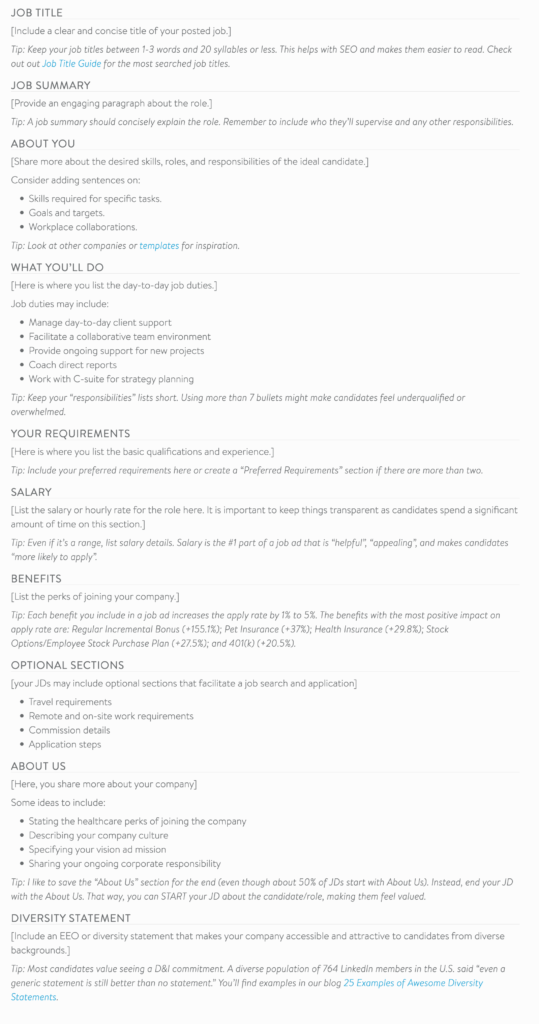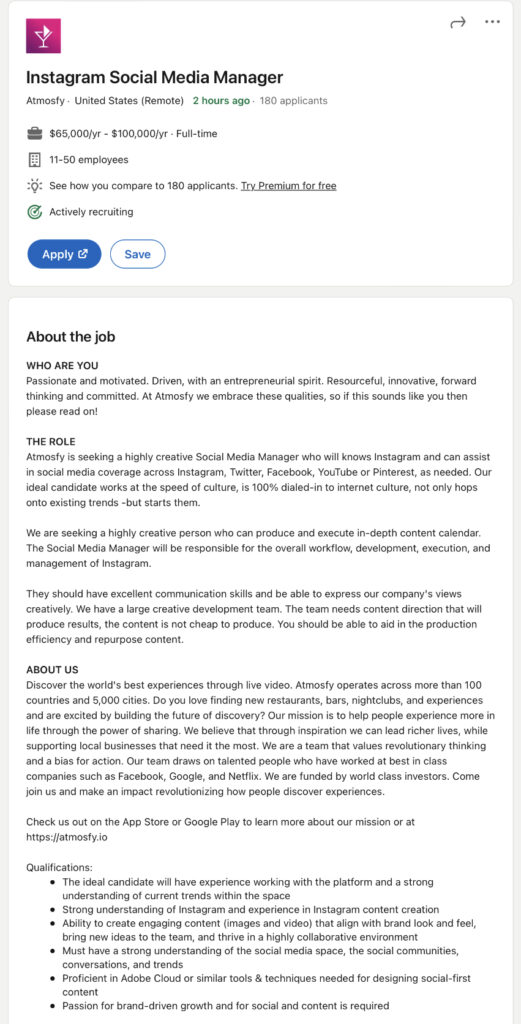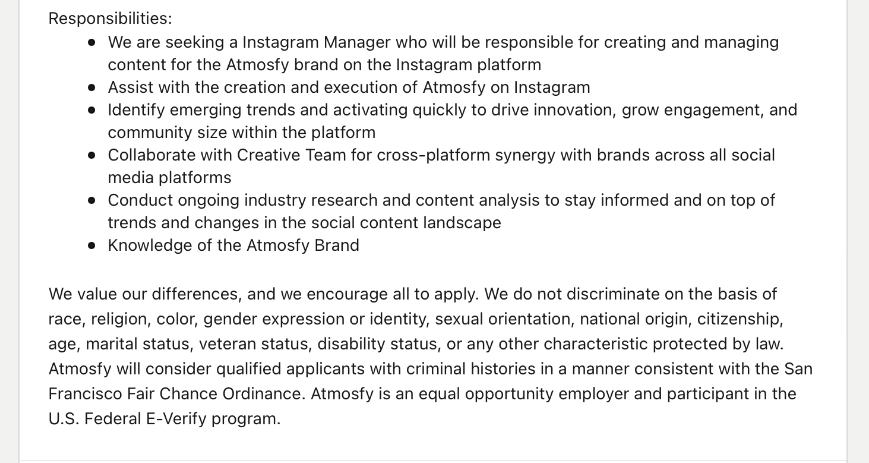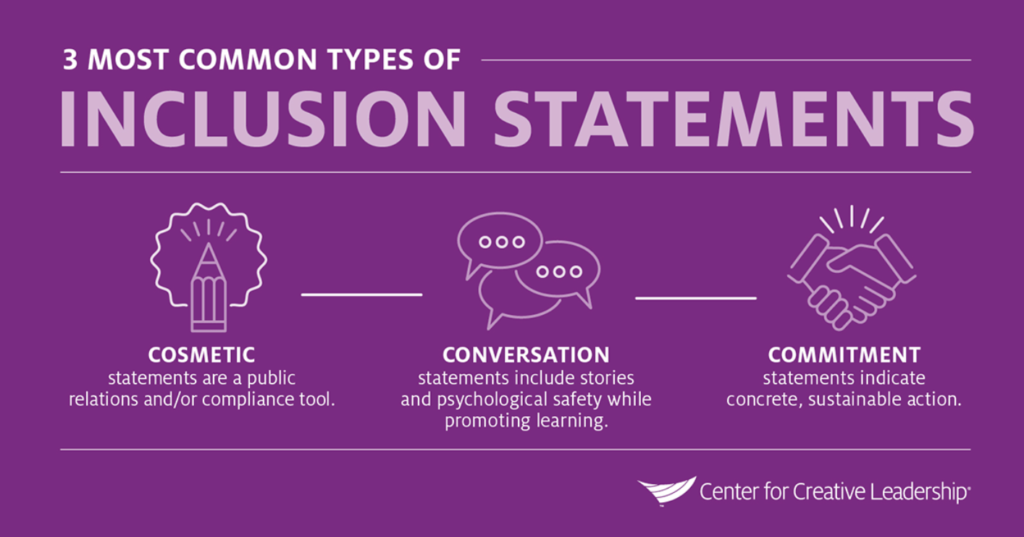- I Tested 4 AI Job Description Rewriters in the GPT Store (and Here’s What I Found) - July 25, 2025
- Why DEI in Canada Relies on Inclusion, Not Quotas - May 16, 2025
- Recruiting Videos: Why They Matter & Best Examples - April 10, 2025
Candidates are more likely to respond to your job ads if they feel you’re being honest, upfront, and show you value your employees.
So, how are over 50% of companies doing the opposite? And how can you make sure this headline isn’t about you?
Let’s find out…
3 Tips to Boost Your “Honesty Rating”
It’s easier than you might think to convince top talent you’re the honest employer they want to work for.
Here are 3 tips to show job seekers you’re not “lying.”
1. Put the candidate first
If you’ve read our other blogs on writing great job descriptions, you’ve probably noticed we recommend putting the sections about the candidate first, and your ‘About Us’ or ‘Mission Statement’ sections at the end of your JDs.
This is something that a staggering amount of companies fail to do — 53.8% to be exact.
“An informal survey of job postings on Indeed, Glassdoor and Google for Jobs shows that 53.8% of employers start their postings with About Us.”
source: Why Starting Your Job Postings with “About Us” is Usually a Mistake — Ongig
Candidates care about what’s in it for them more than anything else when it comes to choosing a new job. They priorotize what they’ll do and whether they want to take on a role, over what you think of yourself as a company.
People want to believe that they’re special – people are special. Your company won’t be productive without the right people — so the best way to write a believable, engaging job description is to lead with your candidate in mind. There’s plenty of time to tell them about you once they’ve learned more about how they might fit into a role.
If you need some inspiration for JD sections that put candidates first, here’s one format we recommend.
You’ll notice from the example all of the “about the candidate” info is first, followed by key “Salary” and “Benefits” sections.

2. Take ownership of your pronouns
First-person pronouns have a powerful effect on a writer’s believability. Richard Wiseman told Tim Ferriss that his study showed:
people are more likely to be believed if the message creator is using words like “I, me and mine”. If they don’t use those, the recipient is more likely to think the messager is lying.
source: Richard Wiseman on Lessons from Dale Carnegie, Mentalism, The Psychology of the Paranormal, and More
To take ownership of your pronouns, try writing your JDs using 1st person plural pronouns (we, us, our, etc.) to show candidates a more personal side of your biz, like in this example from Atmosfy:


Writing in 1st person (“We” or “Our) or 2nd person (“You” or “Your”) has a big advantage over 3rd person (“It”, “[name of company], “[name of job]”, etc.) because it is more conversational.
Here’s another example of 1st/2nd person style:
We welcome you to join us as a data scientist at Apple
Here’s 3rd person style:
Apple is looking for a data scientist to join its team
3. Show your real commitment to DEI
Many companies put a diversity, equity, and including (DEI) statement in their JDs. One study found that 96% of corporate statements lacked key details that show a real commitment to DEI.

If you’d like to be in the 4% of co.s getting it right (a.k.a showing top talent, you’re not lying when it comes to DEI), follow these 3 tips:
- Take it from your team — seek out the people in your organization who are most affected by good DEI practices and listen to their experiences. Your statement should match up with what’s going on with them or your goals to become more diverse. When your DEI statement is backed up by your real-life culture, you’ll have employee advocates who feel good about it and aren’t afraid to share it with potential hires.
- Be specific — it’s easy to find a generic DEI statement and hit “copy-paste”, but to make it into the 4% requires a little more effort. Incorporate specific information on what your organization is doing to provide a diverse, equitable, and inclusive workplace for its employees (and be honest about any improvement needed).
- Understand your language — biased language in a DEI statement is sure to set off alarm bells for candidates. A true culture of DEI is about everyone, so make sure your language reflects this.
Why I wrote this:
At Ongig, we’re on a mission to create effective and inclusive job descriptions. The 3 tips above align with our mission to help make your JDs more believable (and relatable) so you attract more top talent.
Shout-outs:
- Does Your Organization’s Equity, Diversity, and Inclusion Statement Match Its Commitment? (by Marcia A. Dawkins, PhD and Ramya Balakrishnan, MS)
- Richard Wiseman on Lessons from Dale Carnegie, Mentalism, The Psychology of the Paranormal, and More (by Tim Ferriss)
